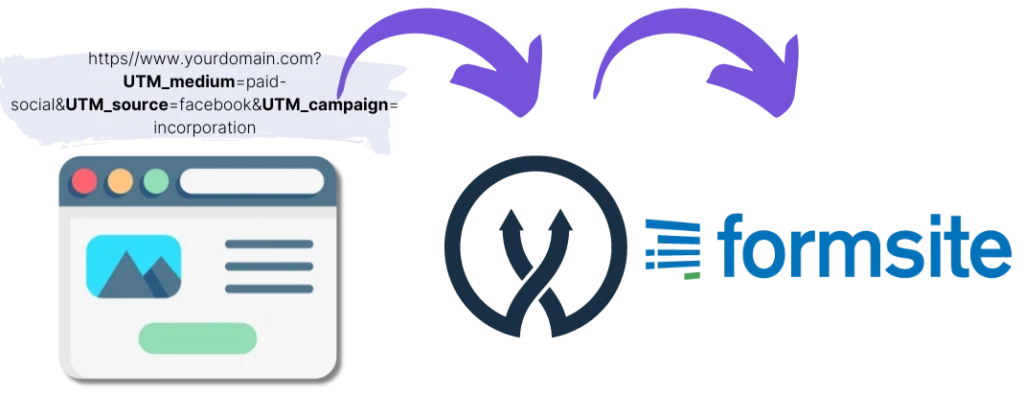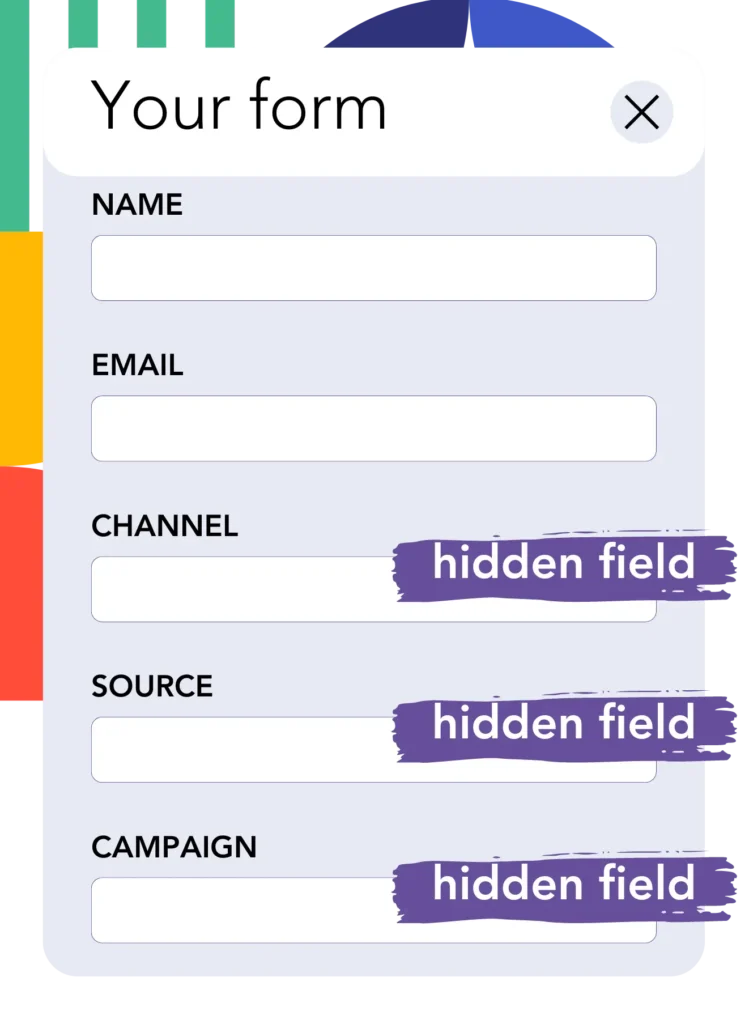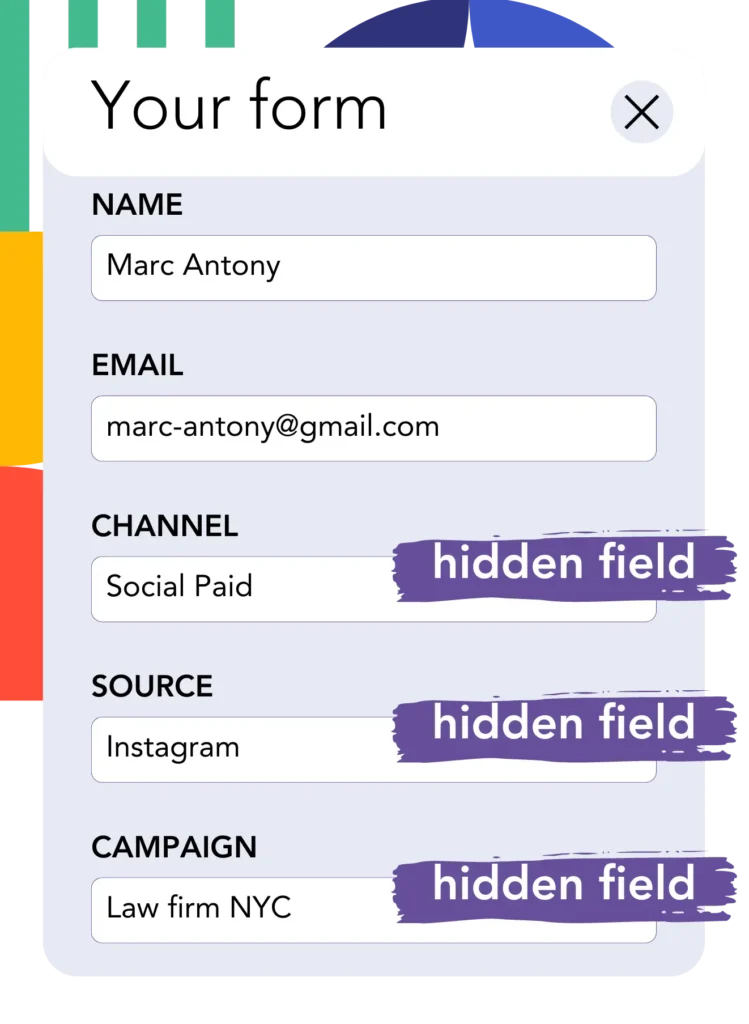Adding UTM tracking to FormSite can be challenging, especially for those without coding skills.
Imagine a solution that allows you to easily capture UTM parameters into FormSite without any coding.
Meet Leadsources.io!
Leadsources acts as a connector for tracking lead sources, linking UTM parameters with FormSite forms.

When a visitor clicks on your marketing campaign, Leadsources captures the UTM parameters in your URL.
Leadsources automatically inserts these UTM parameters into the hidden fields of your FormSite form.
You can then view your UTM parameters along with the lead’s information on the FormSite submission page.
In this guide, learn how to set up UTM tracking in FormSite in 10 minutes, with no coding skills required.
Implement FormSite UTM tracking in 4 simple steps:
Step 1: Add Leadsources to your website’s head tag

Sign up to Leadsources.io and enjoy a 14-day free trial.
Insert the Leadsources code into your website’s head tag. No coding or developers are needed.
Just follow this step-by-step guide.
Step 2: Add UTM parameters to your campaigns

Add the UTM parameters you want to track in all your campaigns (PPC, email, social media, etc.).
Leadsources supports the following UTM parameters:
- UTM_source
- UTM_campaign
- UTM_term
- UTM_content
Leadsources also captures information not included in UTM parameters, such as the channel, landing page, and landing page subfolder.
Step 3: Add hidden fields to your FormSite form

When visitors fill out your FormSite form, they provide personal data in the visible fields (name, email, etc.).
Simultaneously, Leadsources.io automatically inserts UTM parameters into the hidden fields of your FormSite form (channel, source, etc.).
To do this, add hidden fields to your FormSite form that will store your UTM parameters. Follow this step-by-step guide to add hidden fields on your FormSite form.
Add a Hidden Field:
- In the Form Builder, locate the “Items” tab or section where you can add form elements.
- Look for the “Hidden Field” option. This might be listed under “Basic” items or a similar category.
- Add the exact following fields one by one:
- channel
- source
- campaign
- term
- content
- landingpage
- landingpagesubfolder
Step 4: Track UTM parameters in FormSite

When someone clicks on your campaign and lands on your website, Leadsources captures the UTM parameters in your URL.
The visitor opens your FormSite form and starts filling it out.
Leadsources inserts the UTM parameters into the hidden fields of your FormSite form. These fields are not visible to the visitor.
Upon form submission, the UTM parameters and the form’s responses are submitted together. You can view all this information on the FormSite submission page.
How does Leadsources work?
By adding the Leadsources code to your website’s head tag, Leadsources reads and captures the UTM parameters in your URL whenever someone visits your site.
It then stores the UTM parameters in the hidden fields of your FormSite form.
If a visitor enters your site without clicking a link containing UTM parameters, Leadsources still captures data about the visitor using the referrer:
- Channel
- Source
- Campaign
- Landing page
- Landing page subfolder
As a result, you can track important lead source data even when you can’t (or don’t want to) use UTM parameters, such as:
- On Google Search
- On your Instagram bio link
- On your social media posts
While most tools can only track lead sources using UTM parameters, Leadsources allows you to track lead sources regardless of their origin, UTM parameters or not:
- Organic Search
- Paid Search
- Organic Social
- Paid Social
- Referral
- Affiliate
- Display Advertising
- Direct Traffic
This helps you assemble lead source data in one place.
Pro tip:
LeadSources integrates with all the popular online form builders, including Cognito Forms, Gravity Forms, Jotform, Typeform, WPForms, and more. Check how to track the UTM parameters in any form builder.
How to run performance reports
Now that you’ve captured your lead source data in the hidden fields of your FormSite form, you can use it to run performance reports, such as:
- Leads per channel
- Revenue per channel
- Revenue per keyword
This enables you to make informed decisions about your marketing spending.
Let’s look at the various types of reports you can run and their features.
Lead performance reports
You can run reports showing the volume of leads generated by:
- Channel
- Source
- Campaign
- Landing page
- Landing page subfolder
Example #1
You run campaigns on different channels (SEO, PPC, emailing, etc.). Collect the data and produce the report: “Leads by Channel”.

Example #2
Once you determine which channel is most effective for lead generation (e.g., Google Ads), you can break it down to evaluate the leads generated by each ad campaign.

Example #3
After figuring out which campaign produces the most leads, you can focus on this campaign and analyze the keywords that are responsible for those leads.

Sales performance report
To assess if your top ads and keywords are also boosting revenue, you need to track leads through a CRM.
By sending FormSite submissions to a CRM, you can generate reports that show how these leads translate into sales.
Imagine this scenario:
| Channels | Search Paid | Social Paid |
| Leads | 50 | 75 |
| Sales | 5 | 6 |
| Average order value | $150 | $100 |
| Revenue | $750 | $600 |
You ran ads on Google and Facebook and Social Paid ads initially showed better performance in terms of lead volume.
However, after analyzing which leads converted to paying customers, you found that Search Paid ads had a better revenue outcome, resulting in a decision to increase the budget for Search Paid ads.
LeadSources tracks the source of each lead in FormSite, whether they come from ads, organic search, social, email, etc. and syncs that data with each submission. See the full breakdown on the lead source in FormSite page.
